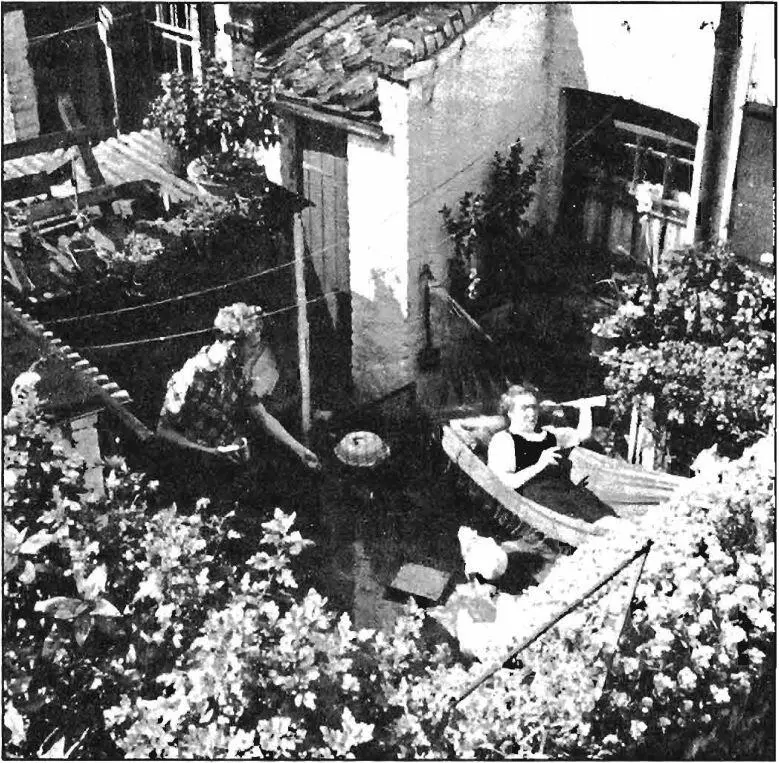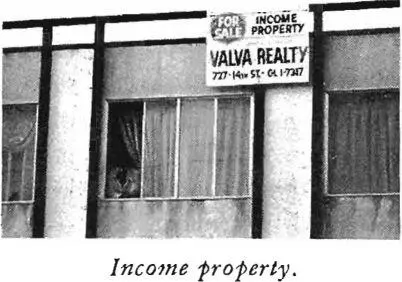Christopher alexander - A pattern language
Здесь есть возможность читать онлайн «Christopher alexander - A pattern language» весь текст электронной книги совершенно бесплатно (целиком полную версию без сокращений). В некоторых случаях можно слушать аудио, скачать через торрент в формате fb2 и присутствует краткое содержание. Жанр: Прочая научная литература, на английском языке. Описание произведения, (предисловие) а так же отзывы посетителей доступны на портале библиотеки ЛибКат.
- Название:A pattern language
- Автор:
- Жанр:
- Год:неизвестен
- ISBN:нет данных
- Рейтинг книги:3 / 5. Голосов: 1
-
Избранное:Добавить в избранное
- Отзывы:
-
Ваша оценка:
- 60
- 1
- 2
- 3
- 4
- 5
A pattern language: краткое содержание, описание и аннотация
Предлагаем к чтению аннотацию, описание, краткое содержание или предисловие (зависит от того, что написал сам автор книги «A pattern language»). Если вы не нашли необходимую информацию о книге — напишите в комментариях, мы постараемся отыскать её.
A pattern language — читать онлайн бесплатно полную книгу (весь текст) целиком
Ниже представлен текст книги, разбитый по страницам. Система сохранения места последней прочитанной страницы, позволяет с удобством читать онлайн бесплатно книгу «A pattern language», без необходимости каждый раз заново искать на чём Вы остановились. Поставьте закладку, и сможете в любой момент перейти на страницу, на которой закончили чтение.
Интервал:
Закладка:
or HOUSE FOR A COUPLE (77) .
+-*-*
Once a household for one person is part of some larger group, the most critical problem which arises is the need for simplicity.
The housing market contains few houses or apartments specifically built for one person. Most often men and women who choose to live alone, live in larger houses and apartments, originally built for two people or families. And yet for one person these larger places are most often uncompact, unwieldy, hard to live in, hard to look after. Most important of all, they do not allow a person to develop a sense of self-sufficiency, simplicity, compactness, and economy in his or her own life.
The kind of place which is most closely suited to one person’s needs, and most nearly overcomes this problem, is a place of the utmost simplicity, in which only the bare bones of necessity are there: a place, built like a ploughshare, where every corner, every table, every shelf, each flower pot, each chair, each Jog, is placed according to the simplest necessity, and supports the person’s life directly, plainly, with the harmony of nothing that is not needed, and everything that is.
The plan of such a house will be characteristically different from other houses, primarily because it requires almost no differentiation of its spaces: it need only be one room. It can be a cottage or a studio, built on the ground or in a larger building, part of a group household or a detached structure. In essence, it is simply a central space, with nooks around it. The nooks replace the rooms in a larger house; they are for bed, bath, kitchen, workshop and entrance.
It is important to realize that very many of the patterns in this book can be built into a small house; small size does not pre-
78 HOUSE FOR ONE PERSON
elude richness of form. The trick is to intensify and to overlay; to compress the patterns; to reduce them to simple expressions; to make every inch count double. When it is well done, a small house feels wonderfully continuous—cooking a bowl of soup fills the house; there is no rattling around. This cannot happen if the place is divided into rooms.
We have found it necessary to call special attention to this pattern because it is nearly impossible to build a house this small in cities—there is no way to get hold of a very small lot. Zoning codes and banking practices prohibit such tiny lots; they prohibit “normal” lots from splitting down to the kind of scale that a house for one person requires. The correct development of this pattern will require a change in these ordinances.
Therefore:

Conceive a house for one person as a place of the utmost simplicity: essentially a one-room cottage or studio, with large and small alcoves around it. When it is most intense, the entire house may be no more than 300 to 400 square feet.
alcoves
4* 4* 4*
And again, make the house an individual piece of territory, with its own garden, no matter how small—your own home (79) ; make the main room essentially a kind of farmhouse kitchen —farmhouse kitchen (139)> with alcoves opening off it for sitting, working, bathing, sleeping, dressing—bathing room (144), window place (180), workspace enclosure (183), bed alcove (188), dressing room (i 89) ; if the house is meant for an old person, or for someone very young, shape it also according to the pattern for old age cottage (155) or teenager’s COTTAGE (I 54) . . . .
| 79 YOUR OWN HOME** |
|---|
 |
392
. . . according to the family (75), each individual household should be a part of a larger family group household. Whether this is so, or not, each individual household, must also have a territory of its own which it controls completely—house for a small FAMILY (76), HOUSE FOR A COUPLE (77), HOUSE FOR ONE person (78); this pattern, which simply sets down the need for such a territory, helps especially to form higher density house clusters like row houses (38), housing hill (39), which often do not have well-defined individual territories for the separate households.
•5* *S*
People cannot be genuinely comfortable and healthy in a house which is not theirs. All forms of rental—whether from private landlords or public housing agencies—work against the natural processes which allow people to form stable, self-healing communities.
 |
| . . . in the imperishable primal language of the human heart house means my house, your house, a man’s own house. The house is the winning throw of the dice which man has wrested from the uncanniness of universe; it is his defense against the chaos that threatens to invade him. Therefore his deeper wish is that it be his own house, that he not have to share with anyone other than his own family. (Martin Buber, A Believing Humanism: Gleanings , New York: Simon and Shuster, 1969, p. 93.) |
This pattern is not intended as an argument in favor of “private
TOWNS
property,” or the process of buying and selling land. Indeed, it is very clear that all those processes which encourage speculation in land, for the sake of profit, are unhealthy and destructive, because they invite people to treat houses as commodities, to build things for “resale,” and not in such a way as to fit their own needs.
And just as speculation and the profit motive make it impossible for people to adapt their houses to their own needs, so tenancy, rental, and landlords do the same. Rental areas are always the first to turn to slums. The mechanism is clear and well known. See, for example, George Sternlieb, The Tenement Landlord (Rutgers University Press, 1966). The landlord tries to keep his maintenance and repair costs as low as possible; the residents have no incentive to maintain and repair the homes—in fact, the opposite—since improvements add to the wealth of the landlord, and even justify higher rent. And so the typical piece of rental property degenerates over the years. Then landlords try to build new rental properties which are immune to neglect—gardens are replaced with concrete, carpets are replaced with lineoleum, and wooden surfaces by formica: it is an attempt to make the new units maintenance-free, and to stop the slums by force; but they turn out cold and sterile and again turn into slums, because nobody loves them.
People will only be able to feel comfortable in their houses, if they can change their houses to suit themselves, add on whatever they need, rearrange the garden as they like it; and, of course, they can only do this in circumstances where they are the legal owners of the house and land; and if, in high density multi-story housing, each apartment, like a house, has a well-defined volume, in which the owner can make changes as he likes.
This requires then, that every house is owned—in some fashion —by the people that live in it; it requires that every house, whether at ground level or in the air, has a well-defined volume within which the family is free to make whatever changes they want; and it requires a form of ownership which discourages speculation.
Several approaches have been put forward in recent years to solve the problem of providing each household with a “home.”
Читать дальшеИнтервал:
Закладка:
Похожие книги на «A pattern language»
Представляем Вашему вниманию похожие книги на «A pattern language» списком для выбора. Мы отобрали схожую по названию и смыслу литературу в надежде предоставить читателям больше вариантов отыскать новые, интересные, ещё непрочитанные произведения.
Обсуждение, отзывы о книге «A pattern language» и просто собственные мнения читателей. Оставьте ваши комментарии, напишите, что Вы думаете о произведении, его смысле или главных героях. Укажите что конкретно понравилось, а что нет, и почему Вы так считаете.












